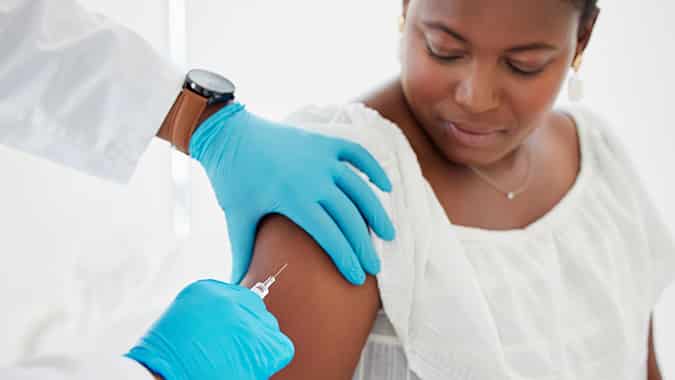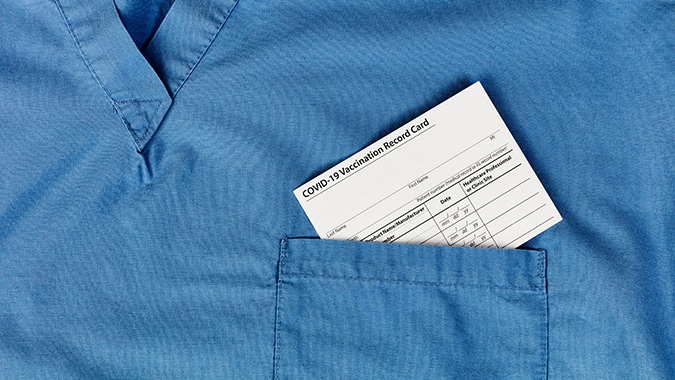
New Jersey businesses were given welcome news today after Gov. Phil Murphy announced that indoor and outdoor capacity limits for all businesses will be lifted by the end of the week. It is a move that signals optimism about the state’s ongoing pandemic recovery. However, there are still key areas that need to be addressed and navigated properly in order for a successful recovery to take place.
“It has been a challenging time for all of us. And yet, we are now seeing what I trust will be the end of this pandemic as we have come to know it,” Assembly Speaker Craig Coughlin (D-19) said today at a virtual town hall hosted by the New Jersey Business & Industry Association (NJBIA) and the New Jersey Chamber of Commerce. “There is a true light at the end of the tunnel. The recovery, I think, will be quick and fast.”
Coughlin said he believes the state is well-positioned to be successful as its recovery begins, due in large part to the “balanced approach” that was taken when crafting this year’s budget.
“The budget, as we see it now, will reflect a number of things that are good and hopeful,” Coughlin said. “There is no proposed increase in taxes and no proposed increase in fees. As all of you know, we have struggled over the course of the last several years with revenue sources, and this year that is not going to be an issue.”
According to the New Jersey Department of Treasury, March revenue collections this year from major taxes totaled $2.821 billion, up $933.5 million, or 49.4%, over last March. Fiscal year-to-date, total revenue collections of $24.314 billion are up $1.916 billion, or 8.6% above the same nine-month period last year.
“What we have to be mindful of is not to create cliffs,” Coughlin said. “While we have the good fortune of having more revenue than we had anticipated, we have to make sure that we understand we may not have that same kind of revenue in the years to come. We need to make the things that we spend our investments on one-time expenditures to protect against those cliffs.”
While tax revenue is better than expected, there are other hurdles that need to be overcome in order to get businesses back on their feet, including getting students back in school and the blanket impact closed schools have had on working parents and businesses.
“The governor has said that everyone will be in school by September,” Coughlin said. “We need to make sure that happens. One of the critical elements is the notion of childcare. In order for people to be able to go back to work, we have to provide a way for them to get back to their normal routine of having their children go to school and having the childcare system that’s been built around it.”
Schools will need local, state and federal support to provide the necessary safety measures that must be in place to welcome students back with confidence, Coughlin said.
“Most of the tax bills that we get are invested heavily in public education and have been successful - it is a good investment,” he explained, pointing out that New Jersey’s public education ranking remains at the top of the list nationally, including a No. 1 ranking in 2021 per U.S. News & World Report.
“In addition to that, the federal government will also be sending money to the schools, so we have an opportunity now to continue doing the things we need to do to get students back in school,” he added.
“For the first time in a very long time, New Jersey is getting its ‘fair share’ from the federal government,” Coughlin said, adding that the state anticipates receiving about $6.4 billion in addition to the money that will go to the schools.
The state is still awaiting complete guidance on where this federal money will need to go, but Coughlin said that the state will have three years to spend it, with 50% of the total sum coming in the first year, and 25% coming in each of the subsequent years.
“I think [with this funding] we have to address some of the more emergent needs that we have right now such as the potential disaster posed by unpaid rent and utility bills,” he added. “I think we should also do some additional debt reduction, look at doing some transformative infrastructure projects, and ensure that we are doing enough to help small businesses.
“There are no shortages of things that we are talking about,” Coughlin continued. “We are going to continue to look for ways to support the business community and business owners. I recognize that if we don’t have businesses that are thriving, then we don’t have people going to work. Our economy works best when people are working and have money to spend.”




